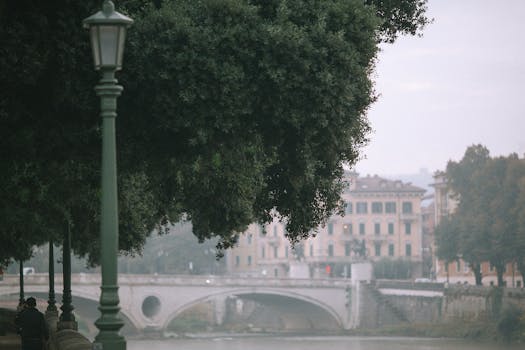
Urban Green Spaces: The Future of Outdoor Living in European Cities by 2025
Urban Green Spaces are becoming increasingly important in European cities, and for good reason. As the world becomes more urbanized, the need for green spaces has never been more pressing. Urban Green Spaces are not just aesthetically pleasing, but they also provide numerous benefits for both the environment and the people who live in these cities.
What are Urban Green Spaces?
Urban Green Spaces refer to any area in a city that is covered in vegetation, such as parks, gardens, and green roofs. These spaces can be small, like a backyard garden, or large, like a city park. They can be public or private, and they can serve a variety of purposes, including recreation, conservation, and education.
The Benefits of Urban Green Spaces
The benefits of Urban Green Spaces are numerous and well-documented. Some of the most significant benefits include:
- Improved Air Quality: Urban Green Spaces can help to remove pollutants from the air, improving the overall air quality in cities.
- Reduced Urban Heat Island Effect: Urban Green Spaces can help to mitigate the urban heat island effect, which can make cities feel hotter than they actually are.
- Increased Biodiversity: Urban Green Spaces can provide habitat for a variety of plants and animals, increasing biodiversity in cities.
- Improved Mental Health: Spending time in nature has been shown to have a positive impact on mental health, reducing stress and anxiety.
- Increased Property Values: Urban Green Spaces can increase property values, making them a desirable feature for homeowners and businesses.
The Future of Outdoor Living in European Cities
As European cities continue to grow and develop, the need for Urban Green Spaces will only continue to increase. By 2025, it is expected that many European cities will have incorporated Urban Green Spaces into their urban planning, providing numerous benefits for both the environment and the people who live in these cities.
Examples of Urban Green Spaces in European Cities
There are many examples of Urban Green Spaces in European cities, including:
- Paris, France: The city of Paris has a number of Urban Green Spaces, including the famous Luxembourg Gardens and the Bois de Vincennes.
- London, UK: London has a number of Urban Green Spaces, including Hyde Park and Regent’s Park.
- Amsterdam, Netherlands: Amsterdam has a number of Urban Green Spaces, including the famous Vondelpark.
- Barcelona, Spain: Barcelona has a number of Urban Green Spaces, including the famous Park Güell.
Conclusion
In conclusion, Urban Green Spaces are an essential component of sustainable urban planning in European cities. By incorporating green spaces into urban design, cities can provide numerous benefits for both the environment and the people who live in these cities. As we look to the future, it is clear that Urban Green Spaces will play an increasingly important role in shaping the future of outdoor living in European cities by 2025.






